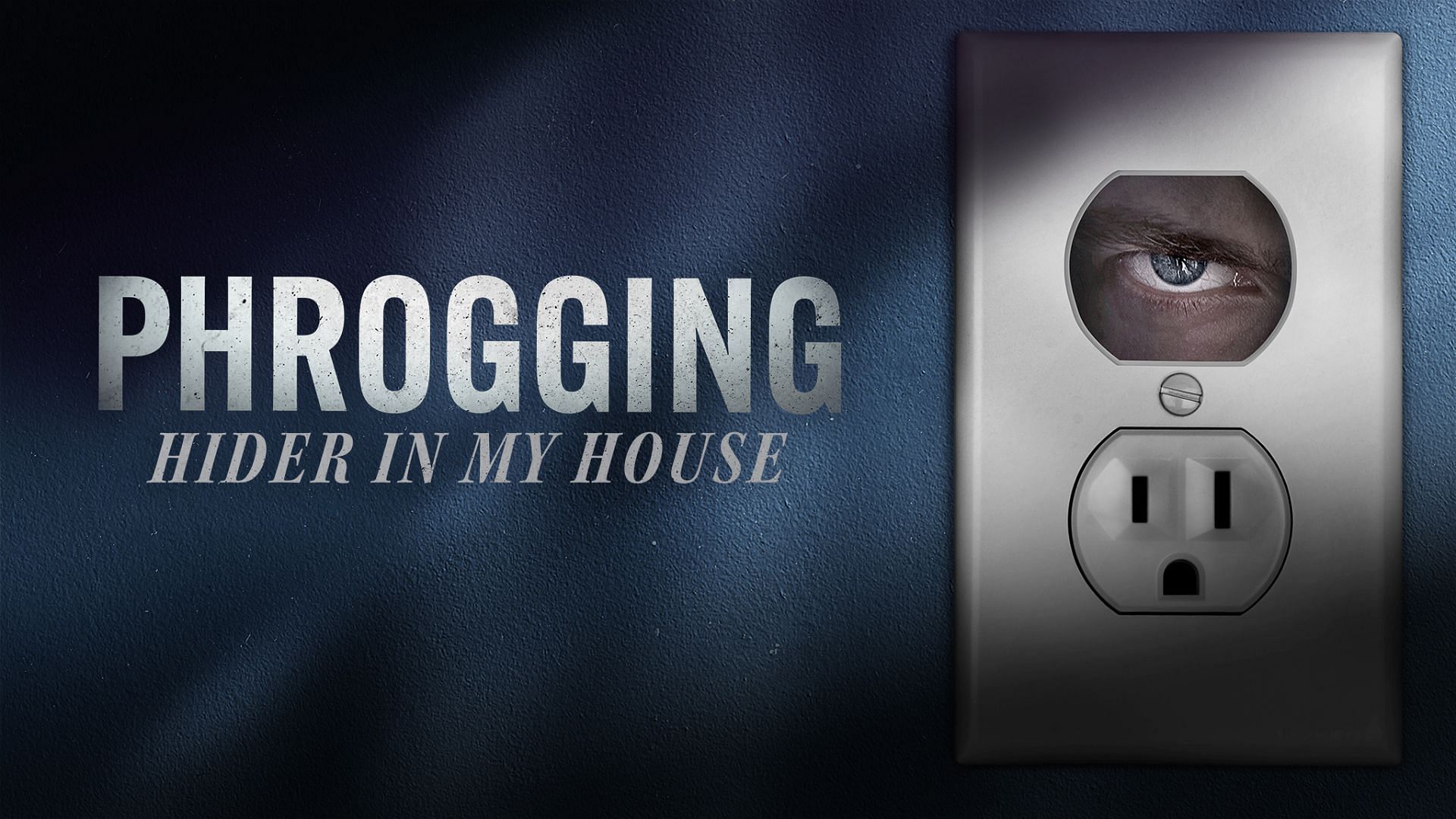Phrogging vs. Squatting: Key Differences Explained
Phrogging vs. Squatting: Key Differences Explained
Blog Article
Envision acquiring that somebody has been secretly residing in your house without your knowledge. This unnerving trend is named "what is phrogging" (pronounced “frogging”). The word derives from the notion of a "frog" moving in one position to a different, as phroggers frequently inhabit various properties quickly while outstanding undetected. While it might appear to be anything out of a horror film, phrogging is really a true and significantly noted issue.

What Is Phrogging?
Phrogging refers to the behave of some one secretly residing in another person's home, on average without their consent or awareness. A phrogger might stay in hidden places such as for example attics, basements, examine places, spare areas, or even underneath furniture. They count on the homeowner's neglect to check these parts, usually moving in and out stealthily to prevent detection.
Phroggers don't tend to remain in a single place for long. That transient conduct means they frequently go unseen for extended times, using their host's food, electricity, and other methods without permission.
Why Is Phrogging on the Increase?
While standard knowledge on phrogging is limited, historical evidence and media studies suggest a growth such cases. A variety of facets has led to the trend:
• Financial hardship has remaining many individuals struggling with homelessness, primary some to get unconventional shelter.
• Bigger, multi-story homes common in the current suburbs offer ample covering areas for would-be phroggers.
• Homeowners' raising reliance on digital gadgets like smart locks and action detectors might accidentally lead to neglect of periodic, physical inspections of these homes.
How exactly to Defend Your Home
To shield your self and your property from phrogging, consider these protection recommendations:
1. Regular Inspections
Perform schedule checks of one's property's less frequented parts, such as attics, basements, and storage spaces. These areas in many cases are prime parts for concealment.
2. Use Security Cameras
Install security cameras in and around your home. Cameras with movement detection may attentive one to dubious activity, even in low-traffic areas.
3. Secure All Access Factors

Secure windows, gates, and any extra entrances to prevent unauthorized access. Assure spare keys are concealed safely or entrusted and then persons you trust.
4. Keep Observant
Look closely at uncommon signs like food going missing, upset items, or strange noises. These can indicate some one is staying in your home.
While phrogging might appear like a silly occurrence, its rise underscores the significance of heightened home awareness. By remaining cautious and using positive measures, you can somewhat lower the danger of experiencing this disturbing danger.
Report this page